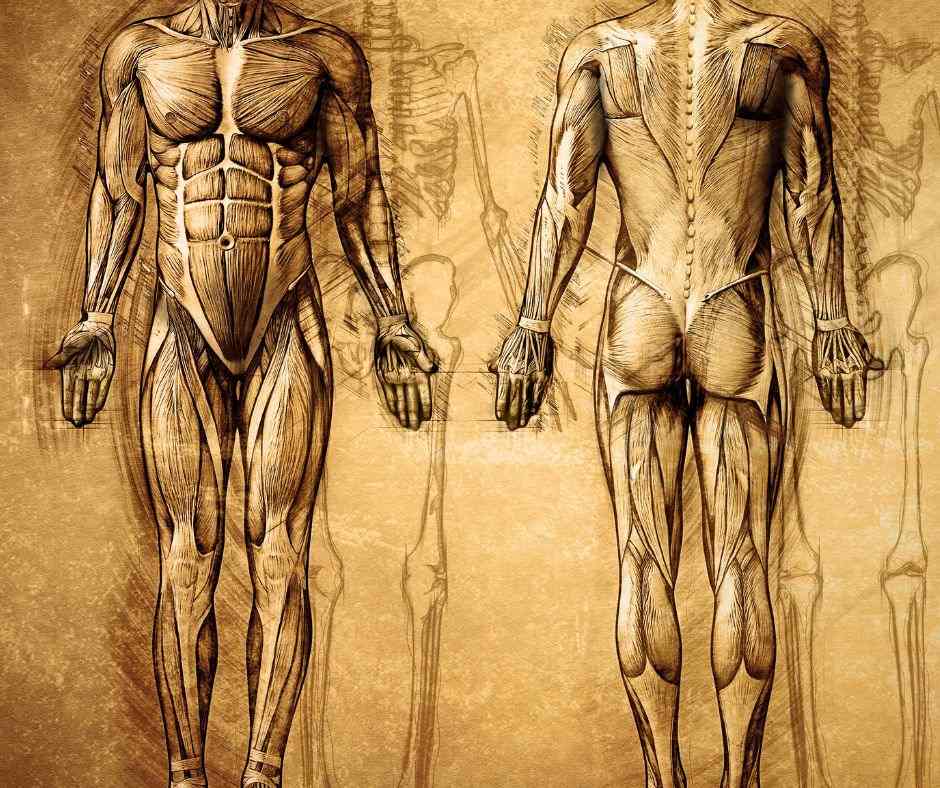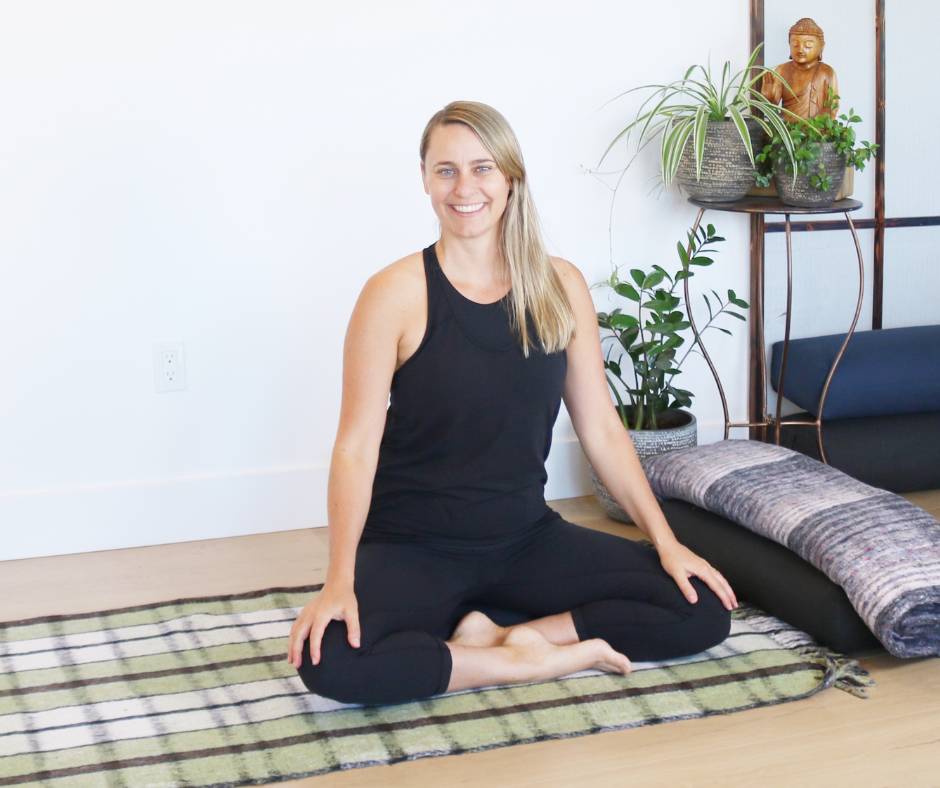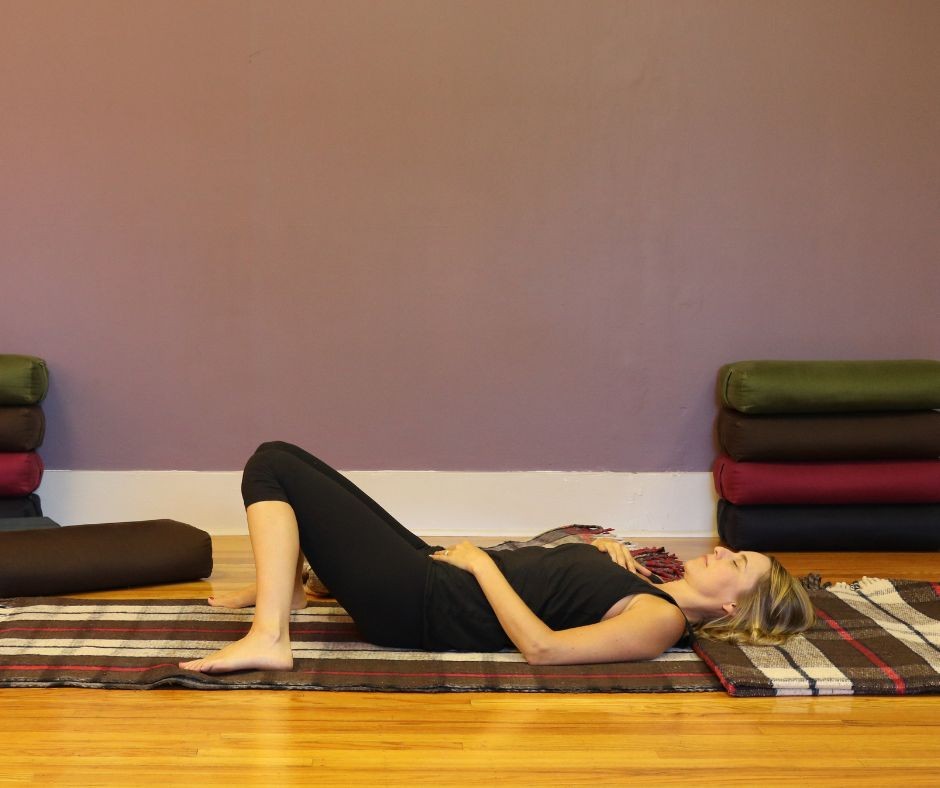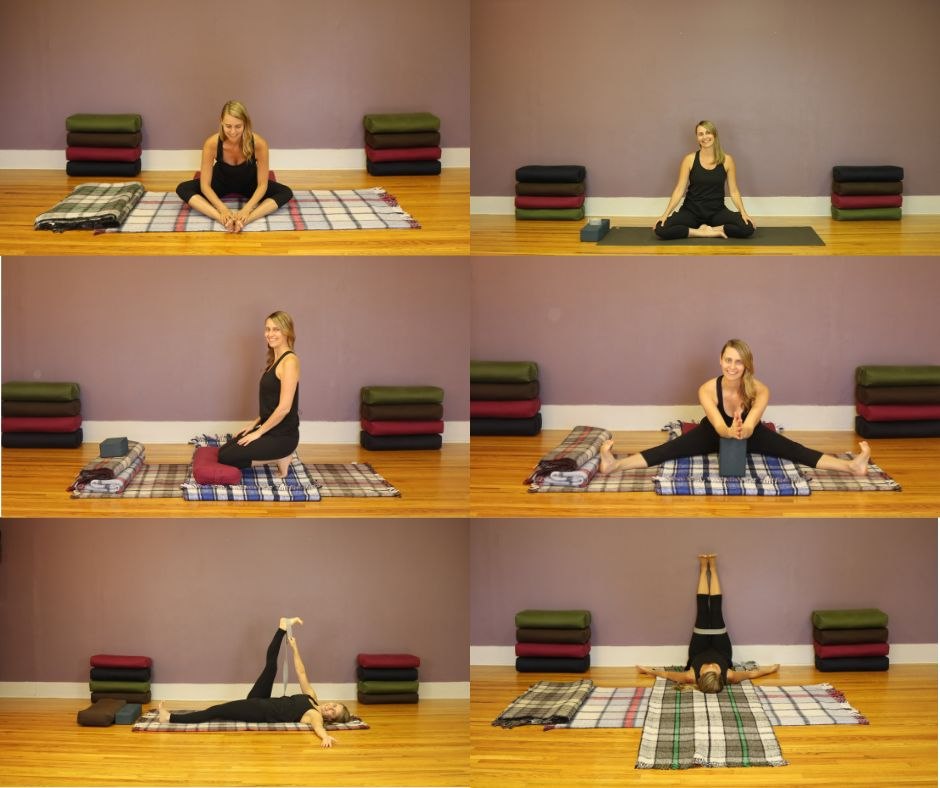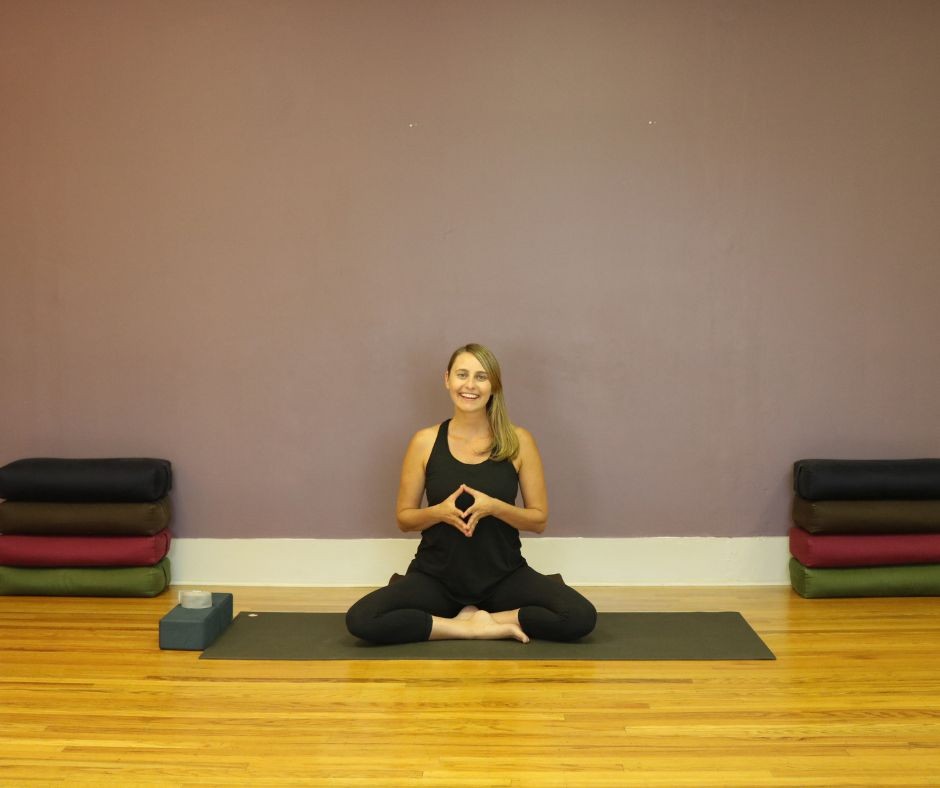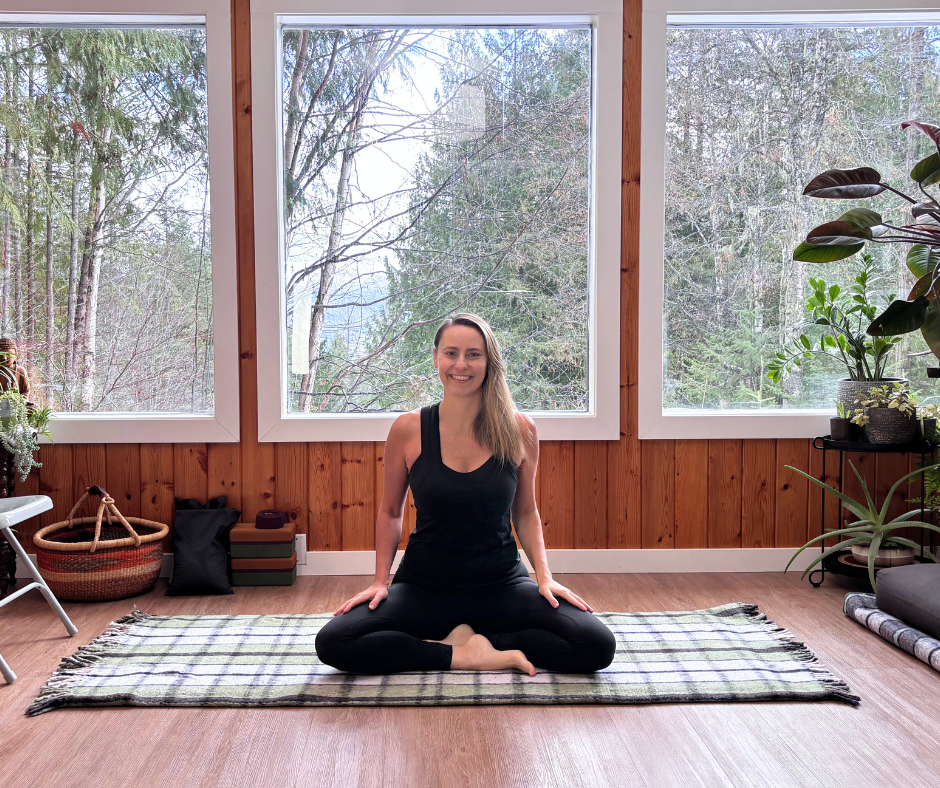Myofascial Planes
The myofascial lines, meridians, planes, or sheaths provide a helpful map for understanding how positive and negative stress patterns relay and transfer through the body’s structures.
When studying human structure, we often refer to individual anatomical parts as separate from all other parts. This, of course, is not true; everything is deeply connected within the body. One way the body remains connected is through the fascia. The fascia can be extremely dense or very fine. The stronger qualities of fascia help maintain structure; its more flexible and fluid nature facilitates organs, bones, and muscles sliding and gliding against one another.
In particular, the myofascial planes provide a template for the yoga practitioner to understand how movement patterns (through postures or asana) affect the body.
The Dorsal Plane and the "Heels" of the Body
The dorsal plane protects the back and primarily functions (except the knees) to support the body in upright flexion. In other words, the back side of the body helps us stand upright.
The dorsal plane starts at the base of the foot and travels along the plantar fascia, the Achilles tendon, the back of the leg to the sitting bones, across the sacrum, and up the back body to the base of the cranium (skull).
The muscles, tendons, and tissue that create an upright posture work hard to maintain this stability. Because of this effort, the muscles and fascial groupings of the dorsal plane are often very thick bands. For example, the erector spinae (the muscles that run up along the back on either side of the spine), the hamstrings (backs of the thighs), and the Achilles tendon (fascia that wraps around the heel and up the back of the leg) are all areas where fascial continuity is maintained through dense tissue.
From this perspective, a yoga practitioner can begin to feel the relationship between the heels of the feet, the “heels” of the pelvis (the sitting bones), and the “heels” of the cranium (the occiput at the base of the skull). These structures are connected in a continuous band, simultaneously affecting each other.
An Outer Shell of Personal History
We can think of the dorsal plane (the back of the body) as more “yang” or masculine. The back of the body protects the more “yin” or feminine front side of the body. The back side of the body is considered the protector and is usually much tighter due to its role as a shield or shell. Athletic body types who run often (which on a fundamental level is similar to the protective “flight” response) will know the holding pattern of tight hamstrings and back body well.
"ABHYASA VAIRAGYABHYAM TANNIRODHAH"
The way to stilling the fluctuations is by engaged practice and letting go.Yoga Sutra 1.12
As you work to open the back of the body, it may be helpful to do some psychological work to process your personal and familial history with a skilled therapist. Energetically, the back of the body can contain remnants of memory and the past. In yoga terminology, this is termed our karma.
Our bodies and minds hold patterns (samskara) of tension that are deeply ingrained. These patterns can be transformed through disciplined effort (abhyasa) and letting go (vairagyabhyam). Some patterns are physical, resulting in tender trigger points. Others are more psychic. Ultimately, everything conditioned (or patterned) creates dukkha (suffering). In this way, the body and mind are free when holding patterns are released.
Urinary Bladder Meridian
The dorsal plane of the body is associated with the Urinary Bladder meridian in Traditional Chinese Medicine. The Bladder meridian, which houses and transmits Qi, travels along either side of the spine and down the backs of the legs, much like the sheathing of the dorsal plane.
According to Chinese medicine, the Bladder channel is a very important yang meridian that connects to the shu (transport) points for every organ in the body. When the Bladder is out of balance, there may be excess fear, and its proximity to the spine directly impacts the autonomic nervous system, helping to calm and regulate the fight-or-flight response.
Movement to Open the Dorsal Plane
Forward bends and poses that work the bottom of the feet help to open the dorsal sheath. Use the below poses to free the dorsal sheathing for yourself:
- Vajrasana (broken toe) – Kneel on the floor, tuck your toes, and sit back on your heels. Work towards having all ten toes tucked, and don’t allow your heels to fall out to the side. Use this pose regularly to open the plantar fascia at the bottom of the feet, increase circulation, and treat bunions, plantar fasciitis, and bone spurs in the feet. If sitting back is too painful, place a block on your heels to sit on or place your hands on a chair in front of you to reduce the pressure.
- Cat Cow – Kneel on all 4’s with your hands spread wide under your shoulders and your hips above your knees. Alternate rounding your spine to the sky and arching the spine. Begin the movement by tilting the pelvis back and forth. From there, allow the movement to ripple up the back like a wave. Move with your breath and sense into the subtle articulations of the vertebrae. Notice whether there are areas of tightness, limitation, or hypermobility.
- Adho Mukha Svanasa (downward dog) – Step back into downward dog. Place your feet about hip distance apart and engage your legs. Stretch your outer heels back and down. Move your thigh bones and inner groins back to lengthen the lower back. Notice the connection between the heels of the feet, the heels of the pelvis (sitting bones), and the heels of the skull (occiput).
- Uttanasana (forward fold “intense stretching”) – Step forward and release your head and torso over your legs. Activate your legs by drawing your kneecaps upward.
- Janu Sirsasana (head to knee) – Sit on the floor and extend one leg. Draw the opposite foot in (bending the knee out to the side) and place the sole against the inner thigh of the extended leg. Press out through the heel of the extended leg. Drop the sitting bone of the bent leg and fold forward, reaching towards the toes of the extended leg. Use a strap around the foot if you can’t reach it.
I hope that helps to open your dorsal plane 🙂 Thanks for reading!
Follow along on an exploration of the planes of the body by signing up for my 5-day series exploring the planes of the body here.

